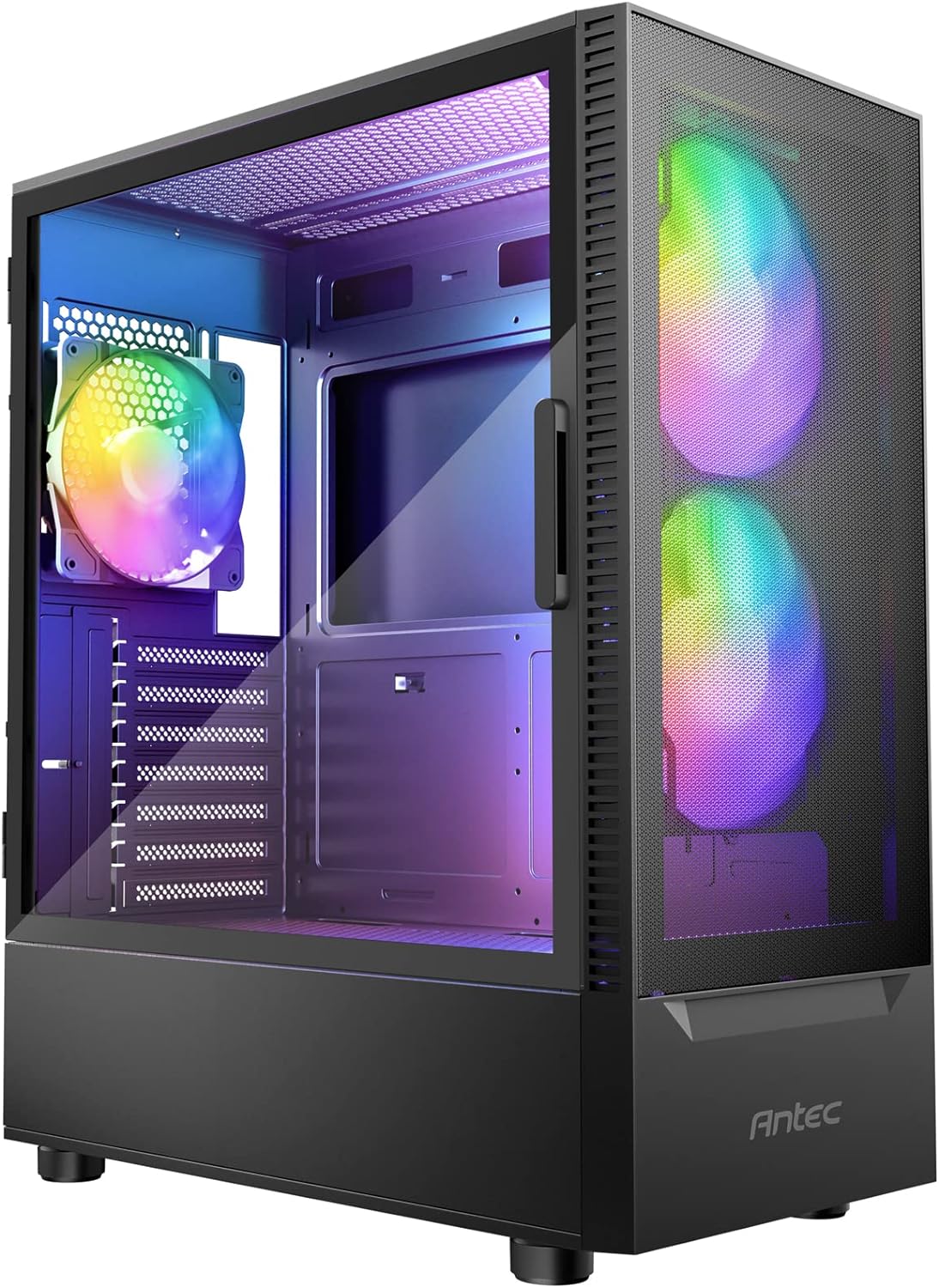Should I Remove Mesh Filter From TOP Panel of my Antec NX410 ATX Mid-Tower Case to improve airflow / cooling of the CPU, RAM, and VRMs?
I am using a thermalright peerless assasin to cool my i5-13600K on a z690 motherboard.
I am using the pre-installed case fans. No radiator. Just two 140mm intake fans in front, and one 120mm exhaust fan in back.
The case has a top panel with hundreds of small-ish holes, and a magnetic mesh filter over it.
Should I remove that magnetic mesh filter to allow air to more easily escape out the top?
Or will that divert cool air coming in from the front intake fans away from RAM modules, CPU cooler, and VRMs? (I fear that the cool air coming in from the front of the case will escape too easily out the top before reaching those components).
Maybe it is better to somehow COVER the top ventilation holes so that the cold air from the front intake fans will flow directly toward the back exhaust fans?
P.S. I really DO NOT RECOMMEND this case.

I am using a thermalright peerless assasin to cool my i5-13600K on a z690 motherboard.
I am using the pre-installed case fans. No radiator. Just two 140mm intake fans in front, and one 120mm exhaust fan in back.
The case has a top panel with hundreds of small-ish holes, and a magnetic mesh filter over it.
Should I remove that magnetic mesh filter to allow air to more easily escape out the top?
Or will that divert cool air coming in from the front intake fans away from RAM modules, CPU cooler, and VRMs? (I fear that the cool air coming in from the front of the case will escape too easily out the top before reaching those components).
Maybe it is better to somehow COVER the top ventilation holes so that the cold air from the front intake fans will flow directly toward the back exhaust fans?
P.S. I really DO NOT RECOMMEND this case.



